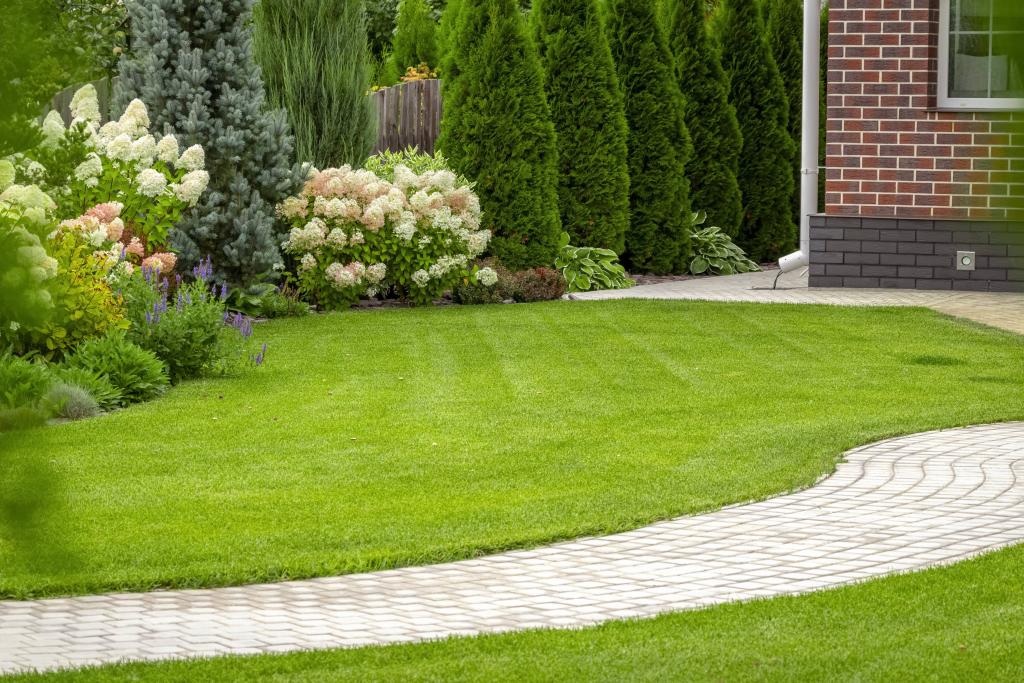Lawn
Green grass adds year-round color to your garden, provides a natural look and is a nice change from plants and borders. In addition, a lawn is a soft surface on which children can play and you can enjoy the sun in the summer. Another important advantage is that rainwater on a lawn can easily sink into the subsoil. It thereby replenishes groundwater and helps prevent soil dehydration and flooding. There is also a lot of life to be found under the grass, for example earthworms. They provide fertile soil, clean up plant debris and are food for birds.
When establishing a lawn, start with the soil. Remove tough weeds, stones and plant roots and dig up the soil about 30 cm. Is the soil sandy? Then add (lawn) fertilizer and nutrients. To heavy clay soil add peat or sand. You can improve the structure with garden soil and use a rake to make the soil smooth and flat. To strengthen the soil walk it for a while. Wet the soil well before sowing.
To build a lawn, you can choose between seeding grass or laying sod. Sowing grass is quick and easy, but it does take a little longer before you have a lawn in the garden. Laying sod, on the other hand, produces faster results, but is a somewhat more time-consuming job. The best time to lay a lawn is in the spring or fall. This is because that is when the grass grows best.
Cost
Seeding grass is a lot cheaper than laying sod.
Difficulty
Establishing a lawn is not difficult, but you have to take some time.
Maintenance
To keep a beautiful green lawn, it is important to maintain it properly. For example, you remove moss in the spring (scarifying), you can sow bare spots with grass seed, you lime and fertilize the lawn and in the spring, summer and fall you mow your lawn regularly for a beautiful green lawn.
Flooding
In a garden with a lawn, rainwater can drain into the ground and replenish groundwater.
Heat stress
A garden with a lawn helps prevent heat stress. Grass also absorbs heat.
